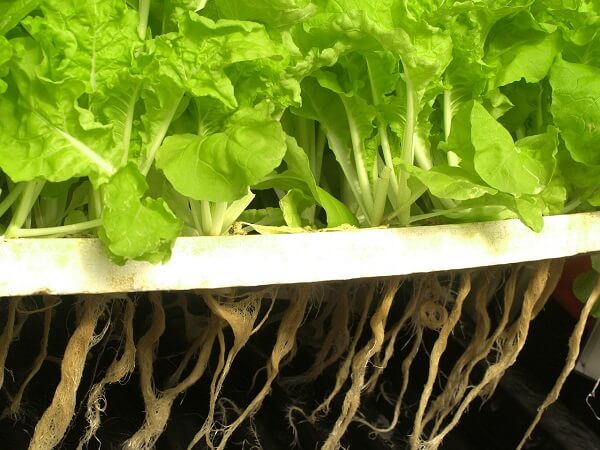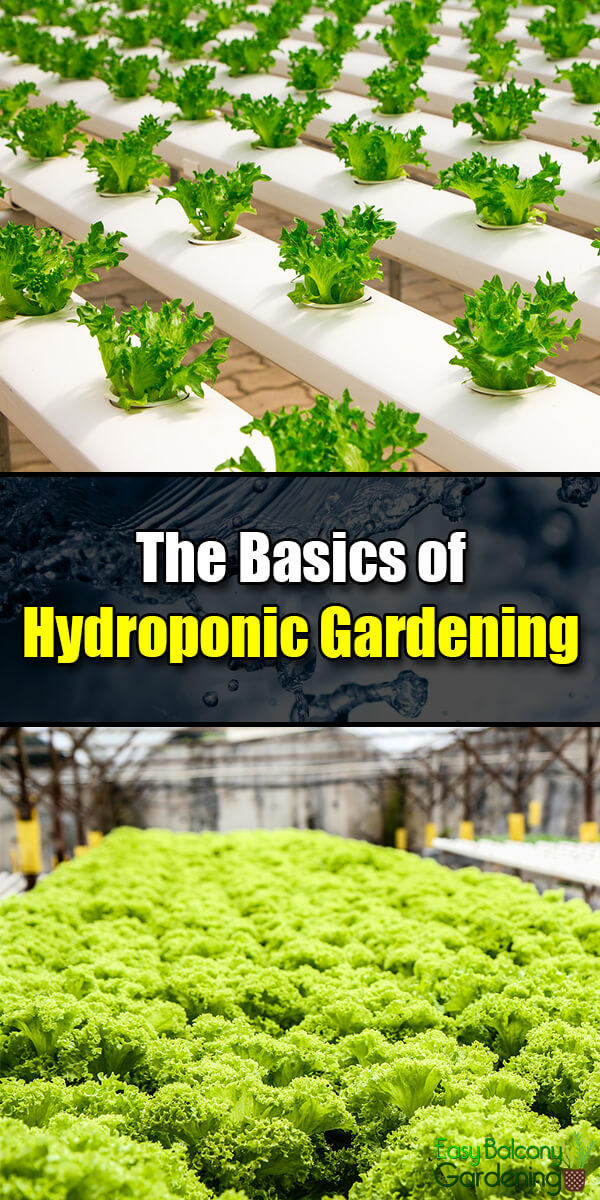In hydroponic gardening, the plant’s roots directly receive a liquified nutrient mix. This solution is precisely balanced, a condition that soil infrequently delivers. Static porous mediums such as sand, stone, and fiber may be utilized to secure and aerate the roots. The increased oxygen from these mediums allow for accelerated plant growth and better yield of fruits. There is no fertilized soil spillover threat in hydroponic gardening. Neither is there much water evaporation, an advantage during water scarcity.
Two Methods
There are two types of hydroponic gardening systems: the solution method that simply utilizes the nutrient mix for the plant roots; and the medium method that has a solid vehicle using gravel, sand, or mineral wool (rockwool), the latter being utilized the most.
Block Out That Light!
Regardless of the type of containers you choose for hydroponic gardening, remember to block out the light to prevent algae growth in the solution. For instance, if you are using a canning jar, cover it with aluminum foil or other material that can stop the light.
Nutrient Mixes
Nutrient mixes for hydroponic gardening come in liquid and in powdered forms. Although powdered nutrient mix is less expensive, it is also more difficult to completely dissolve. Pay attention to the pH buffer (optimal is 6.3) when you are dealing with powdered nutrient mixes. Consider an inexpensive pH tester, as your hydroponic garden requires regular checking.
The EC Meter
An electrical conductivity meter (EC meter) is quite useful when monitoring your hydroponic garden. The EC meter will let you know when your concentration level is low, calling for additional water or more nutrient solution. A Mariotte’s bottle can assist you with automatic maintenance.
The Active and Passive Systems
Hydroponic gardening employs either the active or the passive system. With the active scheme, you operate a pump in the tank below and an upper tray for the plants. The pump stirs the nutrient mix and transports it to the plant roots. This method provides the root system with better oxygen supply and likewise allows for the solution to be reused. The passive system uses a wick, is less expensive, and is easier to maintain. However, you cannot reuse the solution. The active method is more efficient when hydroponic gardening.
Attention Wanted
Hydroponic gardening requires more of your attention than regular gardening does. You will need to frequently replace nutrient mixes or air compressors to ensure that your hydroponic plant is properly aerated. Timers or electric pumps should be in good working order. Failed timers or electric pumps in hydroponic systems can cause the immediate demise of your plants. Lastly, but not the least, transplant shock is common with hydroponic plants. Root growth stimulants and vitamin hormone concentrates may be necessary to help roots damaged during transplanting. Transplanting seedlings into your hydroponic system is actually a preferable procedure.
For Novice Hydroponic Gardeners
If you are a novice in hydroponic gardening, and you prefer to build your own hydroponic system, do a lot of research and get advice from experienced hydroponic gardeners and outlets. Hydroponic gardening can be as simple as you want, like a canning jar covered with aluminum foil to keep out the light. Or, you may opt for a complicated one. Arm yourself with information and grow into a knowledgeable hydroponic gardener. As with all other endeavors, you learn through trial and error.








